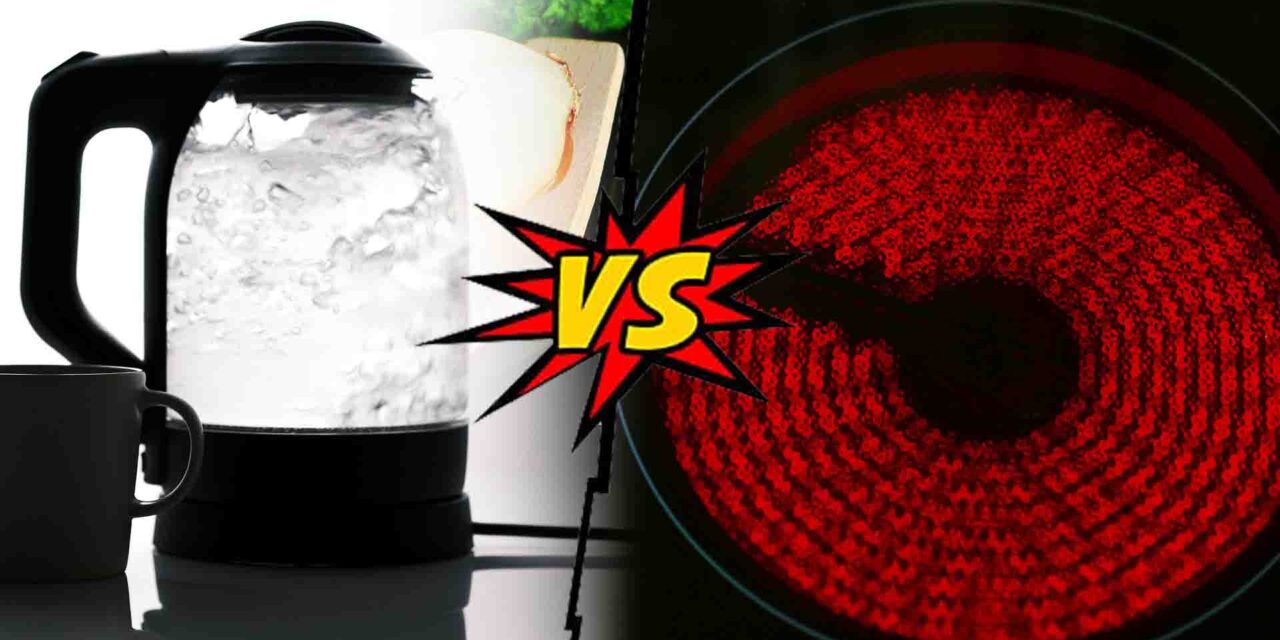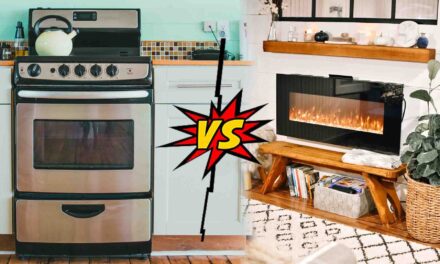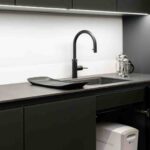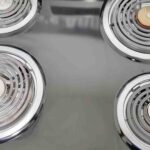As an Amazon Associate, I earn from qualifying purchases.
Electric kettles and stove-top kettles both serve the same basic purpose of heating water, but they have some differences. Electric kettles are more convenient and efficient, as they heat water more quickly and automatically shut off when the water reaches boiling. Stove-top kettles require a heat source and may take longer to heat up. However, some people prefer the traditional and aesthetic appeal of a stovetop kettle. The decision between the two ultimately depends on individual preferences and convenience.
Definition: Electric Kettle

An electric kettle is a convenient and efficient kitchen appliance that quickly heats water. It usually consists of a container made of stainless steel or plastic, with an electric heating element at the base. When connected to an electrical outlet and switched on, the heating element rapidly heats the water inside the container.
Electric kettles are designed with safety features, such as automatic shut-off mechanisms, to prevent overheating and boiling dry. They are commonly used for making tea, coffee, instant noodles, and other hot beverages or foods that require hot water. Electric kettles are popular for their convenience, speed, and energy efficiency compared to traditional stovetop kettles. Overall, they provide a quick and easy way to heat water for various purposes in the kitchen.
Definition: Stovetop
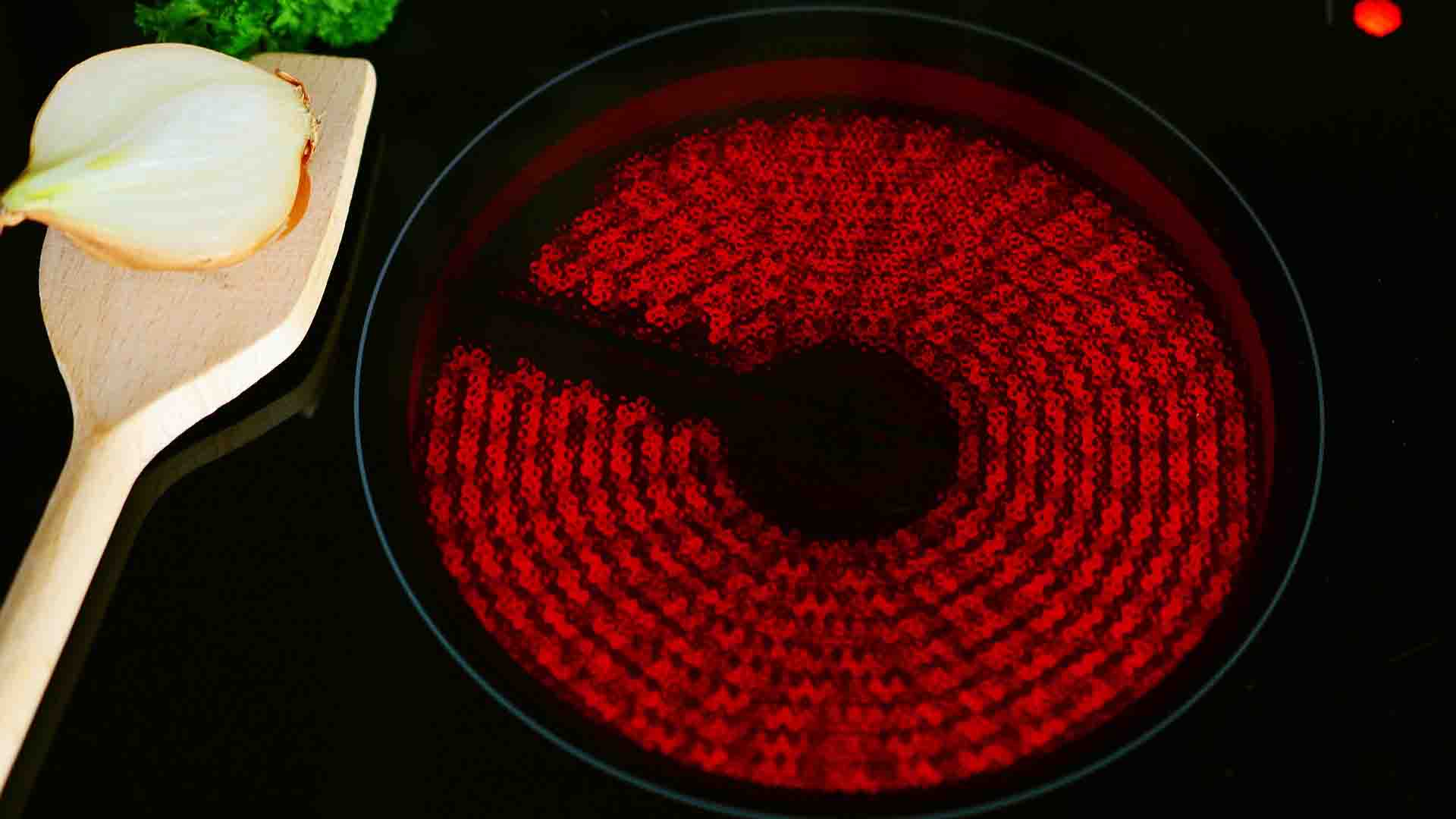
Induction stovetops are a popular choice for many people due to their rapid heating, precise temperature control, and energy efficiency. These stovetops use electromagnetic induction to heat cookware directly, which means they only generate heat within the cookware itself. This not only saves energy but also provides a more precise and efficient cooking experience. In addition to these benefits, some stovetops also offer additional features such as griddles, grills, or integrated ventilation systems to improve cooking versatility and indoor air quality.
When it comes to choosing between gas, electric, or induction stovetops, it ultimately depends on factors such as cooking preferences, energy availability, kitchen design, and personal preference for control and responsiveness. To ensure optimal performance and prolong the lifespan of the appliance, regular cleaning to remove spills, grease, and food residues is important. Overall, the stovetop is an indispensable tool for both home cooks and professional chefs due to its versatility, ease of use, and ability to accommodate various cooking techniques.
How to Work An Electric Kettle?
Electric kettles are a convenient and efficient way to heat water for tea, coffee, or other hot beverages. To use an electric kettle, start by filling it with water to the desired level. Most electric kettles have a marked maximum fill line to help you measure the right amount of water. Once the kettle is filled, place it on its base and plug it into an electrical outlet. Make sure that the kettle is sitting securely on the base to prevent any accidents.
Next, turn the kettle on using the power switch or button. Most electric kettles have an indicator light that will turn on when the kettle is heating the water. The kettle will start heating the water and will automatically turn off once it reaches the boiling point. This makes it easy and safe to use without having to constantly monitor the heating process.
Once the water is heated, carefully pour it into your desired container or use it for making your favorite hot beverages. Be sure to unplug the kettle and let it cool down before cleaning or storing it. It’s important to follow the manufacturer’s instructions for the safe and proper use of the electric kettle to prevent any accidents or damage.
In conclusion, electric kettles are a simple and convenient way to heat water, but it’s important to use them safely and properly. By following the manufacturer’s instructions and taking basic safety precautions, you can enjoy the convenience of an electric kettle without any worry.
How to Work A Stovetop Work?
Mastering the art of using a stovetop is an essential skill for individuals who wish to prepare their meals. Before you start using the stovetop, it’s essential to ensure that it is clean and free of any debris that could pose a fire hazard. Once the stovetop is ready, you can turn the burner to the desired heat setting using the control knobs. It’s important to wait for the burner to reach the desired temperature before placing your cookware on it to ensure even cooking.
While cooking, it’s crucial to monitor your food and adjust the heat setting as needed to prevent burning or undercooking. When you’re finished cooking, remember to turn off the burner and allow it to cool before cleaning up to prevent any accidents. It’s also important to always follow the manufacturer’s instructions for your specific stovetop model to ensure safe and proper use. With a little practice and attention to safety, working a stovetop can become second nature.
Additionally, always use caution when working with a stovetop to prevent burns or fires. Keep flammable items away from the stovetop, and never leave the stove unattended while it’s in use. By following these tips and guidelines, you can safely and effectively work a stovetop to prepare delicious meals for yourself and others.
Electric Kettle Pros & Cons
An electric kettle can be a convenient and efficient appliance for boiling water, but it also has its drawbacks. In this section, we’ll explore the pros and cons of using an electric kettle to help you make an informed decision about whether it’s the right choice for your kitchen. We’ll cover factors such as speed, energy efficiency, convenience, and potential drawbacks to consider. Whether you’re a tea enthusiast or just need a quick way to boil water, understanding the pros and cons of an electric kettle can help you decide if it’s the right appliance for you.
Pros
- Quick Boiling: Electric kettles heat water rapidly, making them efficient for quick hot beverage preparation.
- Energy efficient: They use less energy compared to stovetop kettles since they directly heat the water.
- Automatic shut-off: Many models have automatic shut-off features, enhancing safety and preventing water from boiling dry.
- Precise temperature control: Some electric kettles offer precise temperature settings, ideal for various beverages like tea and coffee.
- Portable: Cordless electric kettles are portable and convenient for use anywhere with a power outlet.
- Easy to use: Simple operation with one-touch buttons or switches makes electric kettles user-friendly.
- Minimal maintenance: Easy to clean and maintain, typically requiring simple rinsing and descaling for longevity.
Cons
- If not handled properly, Risk of electric shock.
- May consume more electricity compared to stovetop kettles for heating water.
- Potential for plastic taste or smell if made with low-quality materials.
- Limited capacity compared to stovetop kettles for larger quantities of water.
Stovetop Pros & Cons
Choosing the right stovetop for your kitchen, there are a lot of factors to consider. From the type of cooking you do to the layout of your kitchen, each stovetop option has its own set of pros and cons. Understanding these can help you make the best decision for your cooking needs. In this Section, we’ll break down the pros and cons of the most popular stovetop options, from gas to electric to induction, to help you make an informed choice for your home.
Pros
- Versatile: Can be used on various heat sources including gas, electric, and induction.
- Quick Heating: Heats water rapidly, making it efficient for boiling.
- Durable: Typically made of sturdy materials like stainless steel or ceramic, ensuring longevity.
- Precise Control: Allows for precise temperature control, ideal for tasks like simmering or brewing.
- No Electricity Needed: Works without electricity, making it suitable for camping or areas with unreliable power supply.
Cons
- Requires constant monitoring.
- Slower heating compared to electric kettles.
- No automatic shut-off feature, posing safety risks.
- Less energy-efficient than electric models.
- Limited temperature control options.
Electric Kettle vs Stovetop, Comparison! Which One Is Better?
When deciding between an electric kettle and a stovetop kettle, it’s important to consider the benefits of each. An electric kettle is a convenient and efficient option, as it can quickly boil water with the simple push of a button. This is great for those who need hot water in a hurry, and the portable nature of electric kettles makes them easy to use in different areas of your home or office.
On the other hand, a stovetop kettle allows for more control over the heating process, as you can adjust the heat to your liking. Additionally, a stove-top kettle can add a traditional, aesthetic element to your kitchen, creating a cozy and homey atmosphere.
Personal preference and specific needs determine the choice between an electric and a stovetop kettle. Whether you prioritize convenience and speed or enjoy the control and traditional charm of a stovetop kettle, both options have their advantages.
Conclusion
In conclusion, both electric kettles and stove-top kettles have their advantages and disadvantages. Electric kettles are convenient and fast, but stove-top kettles give you more control over the brewing process. Ultimately, the choice between the two depends on your personal preferences and needs. Both options can make a great cup of tea or coffee, so it’s up to you to decide which one suits you best.
As an Amazon Associate, I earn from qualifying purchases.

